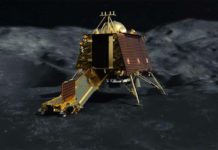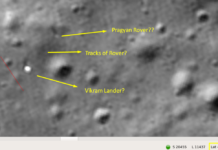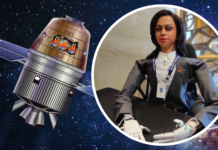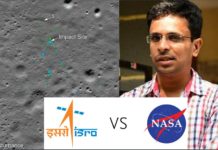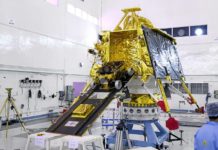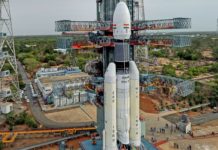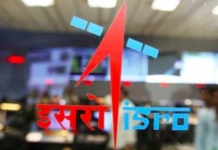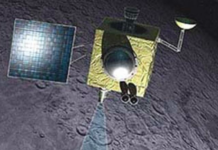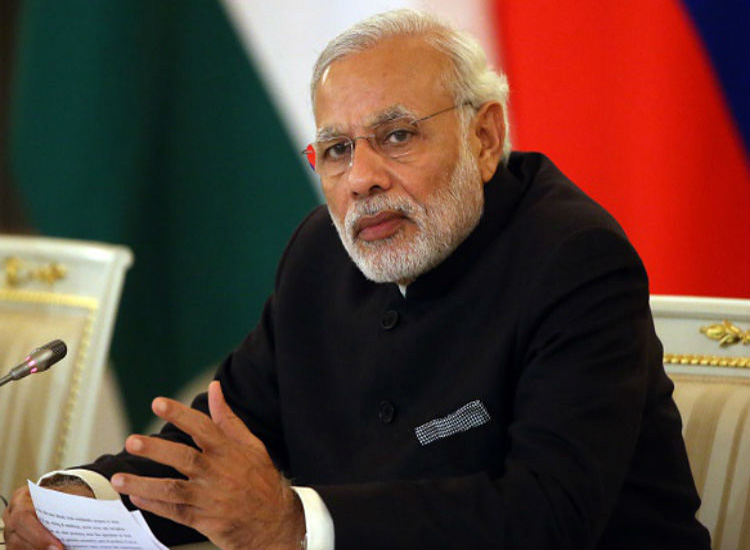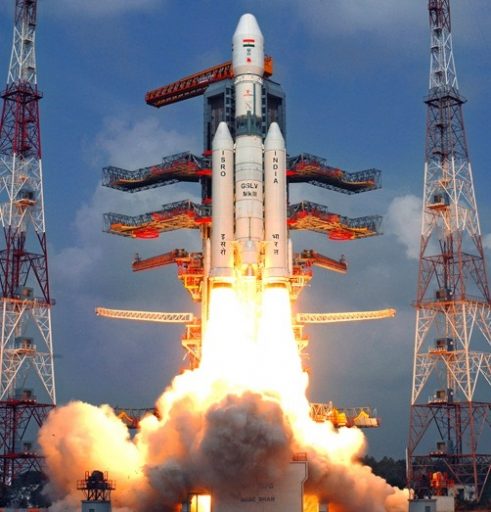
The Indian Space Research Organisation launched the heaviest rocket using the indigenously developed cryogenic engine.
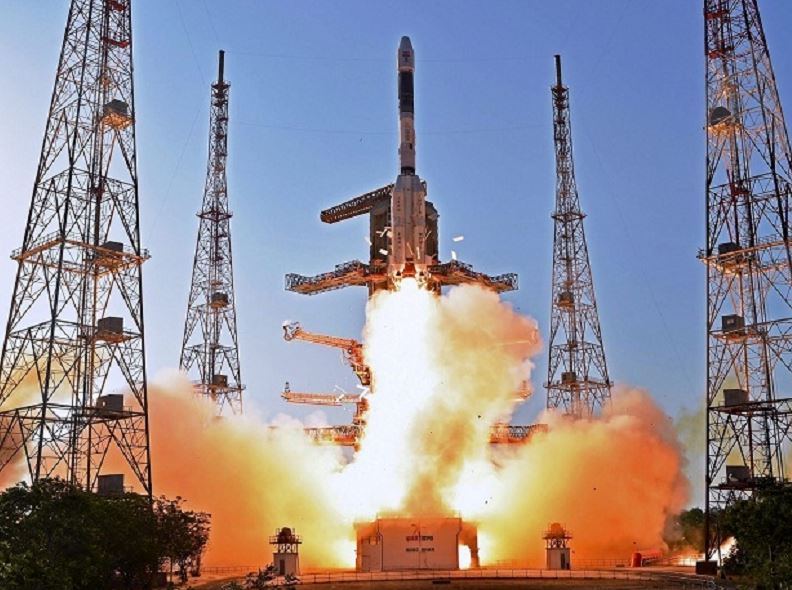
The Indian Space Research Organisation’s triumph continued as it launched the “heaviest-ever rocket and satellite” GSLV Mark-III, carrying communication satellite GSAT-19, from Sriharikota in Andhra Pradesh on Monday evening.
The GSLV Mk III which weighs 640 tonnes and 43.43 metres tall later injected the heaviest communication satellite GSAT-19 into the Geosynchronous Transfer Orbit
The GSAT-19, which has a lifespan of 10 years, will help monitor and study the nature of charged particles and influence of space radiation on spacecraft and electronic components.
Also Read: Indian Scientists Develop Drones With Human Brain As Command Centre
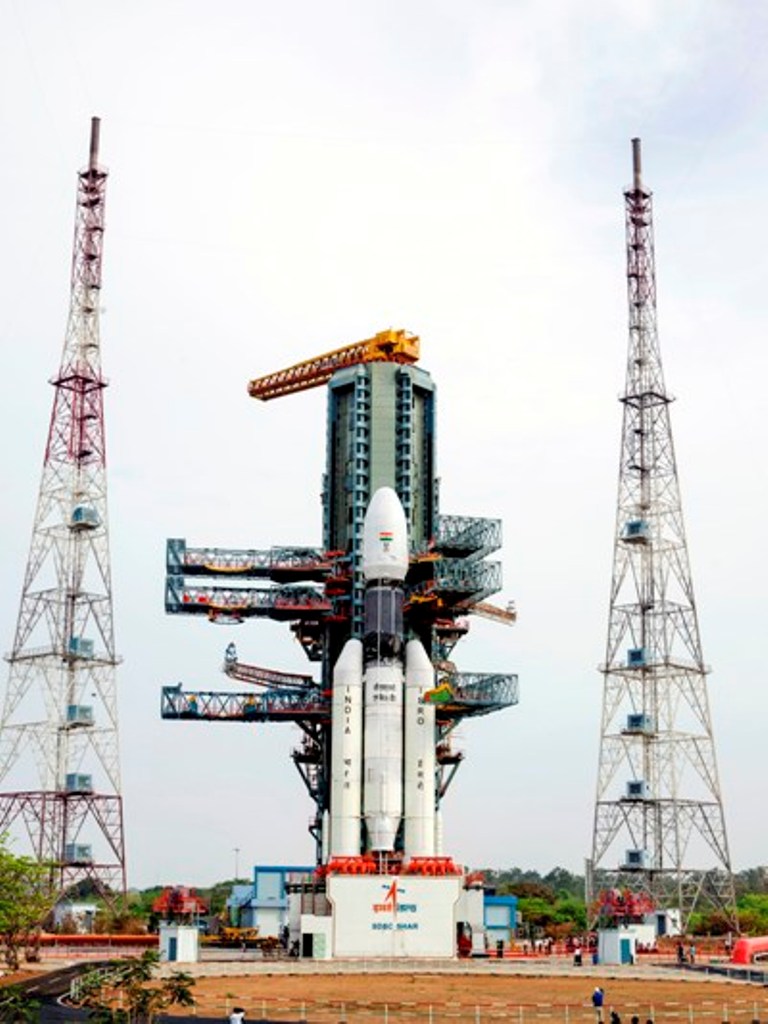
The launch was made possible after ISRO developed indigenous cryogenic engine that could lift payloads of up to 4,000 kg into the GTO and 10,000 kg into the Low Earth Orbit. The GSLV Mk III, which has two solid strap-ons, a liquid booster and a cryogenic upper stage, carried the 3,136 kg GSAT-19 satellite.
This launch will also prove to be cost-effective for India in the future. Launching heavy INSAT-class satellites of 3.5 tonnes from the European Space Agency currently incurs a cost of Rs 800 crore each. The satellite is equipped with advanced spacecraft technology, including indigenously developed Li-ion battery and bus bars for power distribution.
Also Read: Womb Transplant: Pune Creates Medical History
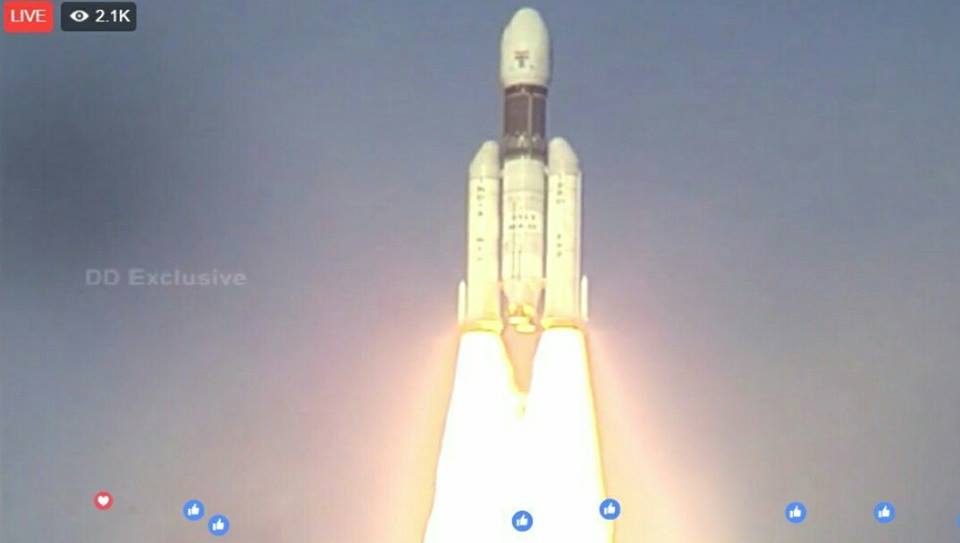
In 2014, Isro had flown a similar rocket, without a cryogenic engine but with a 3.7-tonne payload. The launch was simply meant to test the rocket’s structural ability and aerodynamics while in flight.
Don’t Miss to Read: A Glow Stick That Detects Cancer
 Meanwhile, Isro has asked for Rs 12,500 crore from the Indian government to put an astronaut in space and it has already developed critical technologies for a human space mission. The newly launched rocket is expected to be able to take Indian astronauts into space.
Meanwhile, Isro has asked for Rs 12,500 crore from the Indian government to put an astronaut in space and it has already developed critical technologies for a human space mission. The newly launched rocket is expected to be able to take Indian astronauts into space.
Congratulations to the dedicated scientists of ISRO for the successful launch of GSLV – MKIII D1/GSAT-19 mission.
— Narendra Modi (@narendramodi) June 5, 2017
Congratulating the GSLV Mk III team Prime Minister Narendra Modi tweeted Congratulations to the dedicated scientists of ISRO for the successful launch of GSLV – MKIII D1/GSAT-19 mission. “The GSLV – MKIII D1/GSAT-19 mission takes India closer to the next generation launch vehicle and satellite capability. The nation is proud!” he added.
The GSLV – MKIII D1/GSAT-19 mission takes India closer to the next generation launch vehicle and satellite capability. The nation is proud!
— Narendra Modi (@narendramodi) June 5, 2017
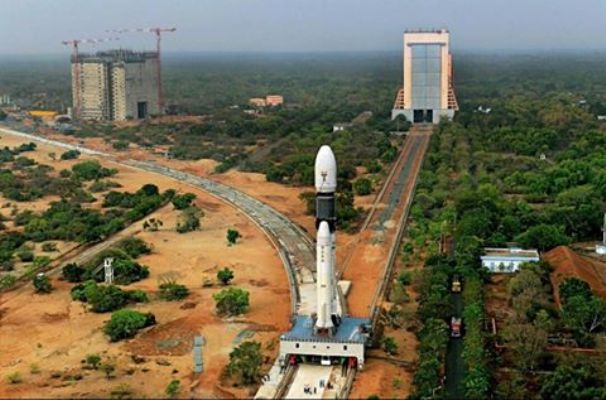
Read More Science & Technology Reports:
- Is There Life Outside Earth? Nasa has discovered seven earth-like planets
- Dubai To Introduce Self-Flying EHang Air Taxis in July
- Did Uber Steal Google’s Car Secrets?
- Students of Air Force School, Bengaluru Selected for ISEF at Los Angeles
- New system transmit digital data 10 times faster than 5G
- You Are Being `Sold’ For Less than a Rupee
- How About Tasting A Virtual Biryani Through Sensors?
- Artificial chicken grown from cells gets a taste test—but who will regulate it?
- 32 Million Yahoo Accounts Breached
- WhatsApp to stop working on these phones, iPad in 2017






























